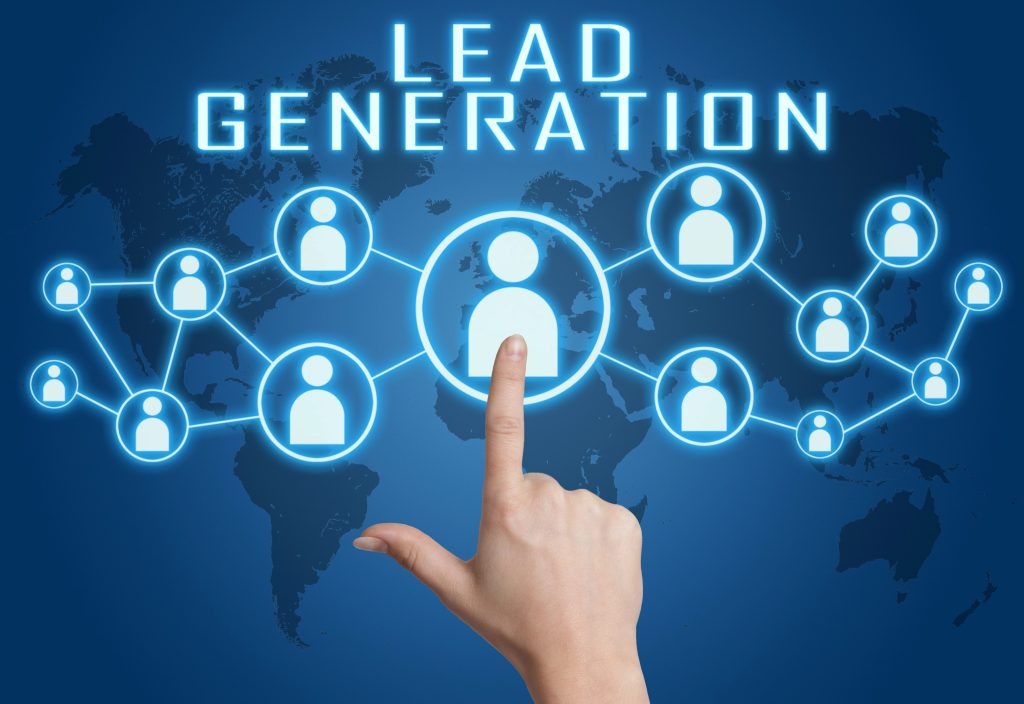Sales Development Representative (SDR) as a Service can significantly benefit companies in B2B by providing specialized, outsourced expertise in lead generation and qualification. Here’s how SDR as a Service can help B2B companies:
1. Cost Efficiency
- Reduced Hiring Costs: Companies save on recruitment, training, and salaries of full-time SDRs.
- Scalability: Businesses can scale their SDR efforts up or down based on demand without long-term commitments.
2. Expertise and Specialization
- Trained Professionals: Access to experienced SDRs who are well-versed in best practices and sales techniques.
- Industry Knowledge: SDR providers often have experience across various industries, allowing them to bring valuable insights and strategies.
3. Focus on Core Business Activities
- Time Savings: Internal teams can focus on core business activities, such as product development and closing deals, rather than spending time on lead generation.
- Higher Productivity: With SDR tasks outsourced, sales teams can concentrate on high-value activities, improving overall productivity.
4. Improved Lead Quality
- Better Lead Qualification: Professional SDRs use proven methods to qualify leads, ensuring that sales teams receive high-quality, sales-ready leads.
- Targeted Outreach: SDRs can perform detailed market research and execute highly targeted outreach campaigns.
5. Advanced Tools and Technology
- Access to Advanced Tools: SDR providers often use sophisticated CRM and sales automation tools that might be too expensive for individual companies to invest in.
- Data-Driven Insights: Use of analytics and reporting tools to track performance and continuously improve strategies.
6. Faster Time to Market
- Quick Ramp-Up: Outsourced SDR teams can be quickly onboarded and operational, reducing the time to start generating leads.
- Agility: Ability to rapidly adjust strategies based on market feedback and performance data.
7. Enhanced Flexibility
- Campaign Customization: SDR as a Service providers can tailor their approach to meet specific business needs and goals.
- Global Reach: Ability to run international campaigns without the need to establish a physical presence in different regions.
8. Consistent Pipeline Generation
- Continuous Lead Flow: Ensures a steady flow of qualified leads to maintain a healthy sales pipeline.
- Regular Follow-Ups: Persistent and regular follow-ups with potential leads to keep them engaged and move them through the sales funnel.
9. Performance Metrics and Reporting
- Transparent Reporting: Regular reports on key performance indicators (KPIs) such as lead conversion rates, contact rates, and campaign effectiveness.
- Performance Tracking: Detailed tracking of SDR activities to identify areas of improvement and success.
10. Strategic Insights
- Market Feedback: Gain valuable insights from market feedback that can inform overall business and marketing strategies.
- Competitive Intelligence: Understanding competitor activities and market trends through ongoing engagement and research.
11. Better Alignment with Marketing
- Integrated Campaigns: Coordination between SDRs and marketing teams to create cohesive and effective marketing and sales strategies.
- Lead Nurturing: Effective nurturing of leads through personalized communication and engagement.
12. Focus on Relationship Building
- Personalized Outreach: SDRs can focus on building relationships with prospects through personalized communication, increasing the likelihood of conversion.
- Human Touch: Despite automation, SDRs provide a human touch that can make a significant difference in engaging prospects.
By leveraging SDR as a Service, B2B companies can enhance their lead generation efforts, improve the quality of their sales pipeline, and ultimately drive more successful sales outcomes.

